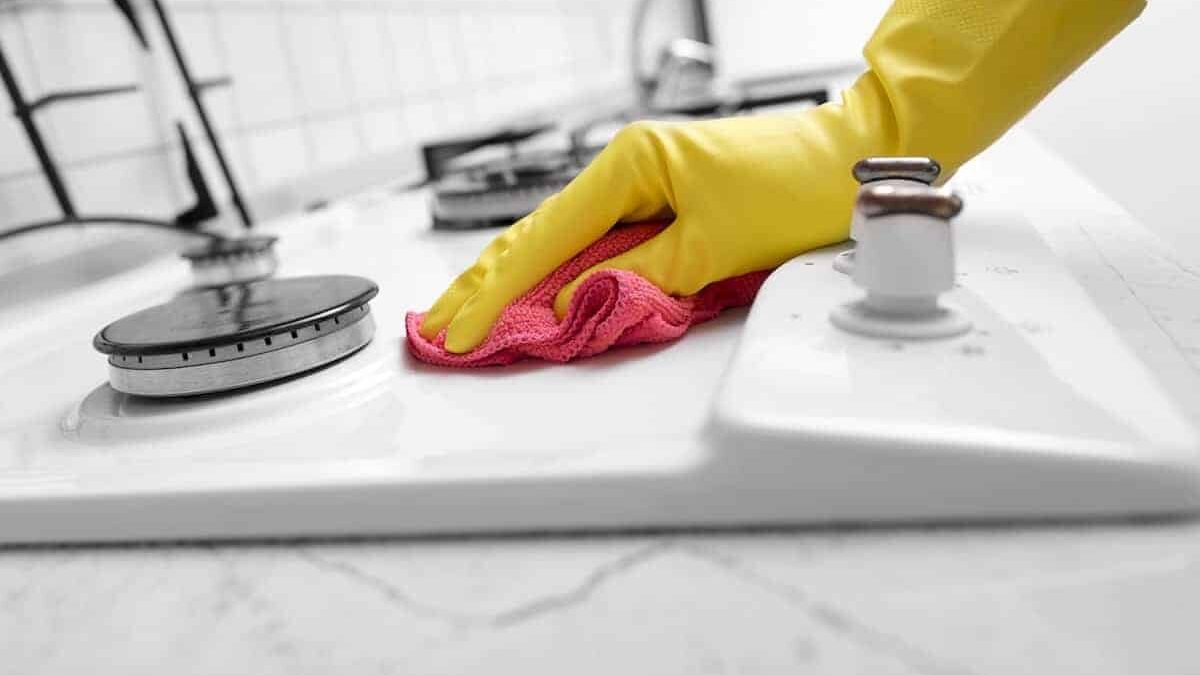Even though your kitchen may seem like one of the cleanest rooms in your house, some areas tend to be neglected. When overlooked, these spots can result in excess moisture and even water damage. These areas include dishwashers, refrigerators, sink, and countertop.
The following guidelines will help you inspect these moisture sources and prevent damage where it is likely to happen. It is important that you be thorough when performing these inspections and remember to do them frequently.
Refrigerator
The area behind the refrigerator is usually hard to reach so it is rarely inspected. Even so, inspecting this area can reduce the potential for water problems.
Any signs of water behind the refrigerator or mold growth should not be ignored; fix immediately or hire an appliance technician. If you have an ice maker, check the hose to make sure it is attached and sealed and to the water supply.
Sink and Countertop
Countertops and sinks are two commonly used areas highly exposed to water in the house so they need regular checks also. To get a clear view remove trash cans and other stored items before checking under the sink for leaks. A drip coming off the trap means there is a drain problem and must be repaired fast. Plumbing systems have many parts that may become worn out over time, loosened, or need to be replaced
Slow draining pipes may be an indication of a blocked drain. Most often this block occurs in the trap and can be removed by disassembling and clearing out the obstruction. In some mild cases, you may be able to use drain cleaners, however, tougher clogs may require professional help.
Pay attention to the surface. Repair any cracked tiles as well as missing grout on countertops to prevent water from pervading. Furthermore, stained walls and floors around pipes may be an indication of an internal leak. You will also need to fix these to prevent additional damage.
Dishwashers
If the dishwasher does not completely empty after use, the main filter may be blocked. Remove and clean promptly. This procedure will vary depending on the model of the dishwasher. Next, Inspect under the base of the dishwasher for leaks. If you find any, it could be as a result of a damaged hose or an unsealed joint.
Lastly, Check the dishwasher hose under the sink for signs of leakage and fix it if necessary. Consider installing steel-braided hoses on appliances like the dishwasher.
Sometimes the issue might be due to clogging in the drain line and not the dishwasher. When the sink overflows, it is usually due to back-ups caused by the drain line getting clogged. Clean the drain line regularly, check and fix connections if needed.

